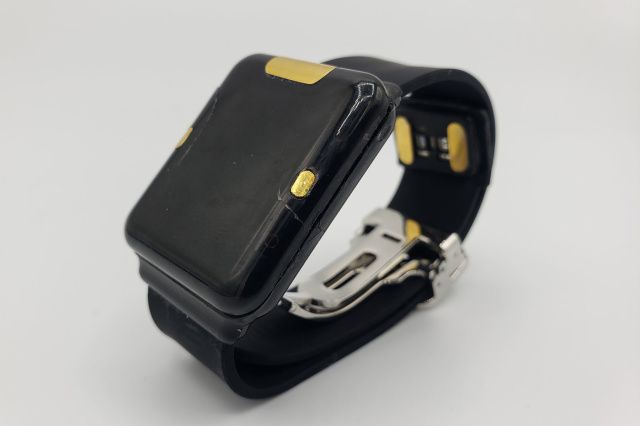As smart watches are increasingly able to monitor the vital signs of health, including what’s going on when we sleep, a problem has emerged: Those wearable, wireless devices are often disconnected from our body overnight, being charged at the bedside.
“Quality of sleep and its patterns contain a lot of important information about patients’ health conditions,” says Sunghoon Ivan Lee, assistant professor in the University of Massachusetts Amherst College of Information and Computer Sciences and director of the Advanced Human Health Analytics Laboratory.
But that information can’t be tracked on smartwatches if the wearable devices are being charged as users sleep, which prior research has shown is frequently the case. Lee adds, “The main reason users discontinue the long-term use of wearable devices is because they have to frequently charge the on–device battery.”






